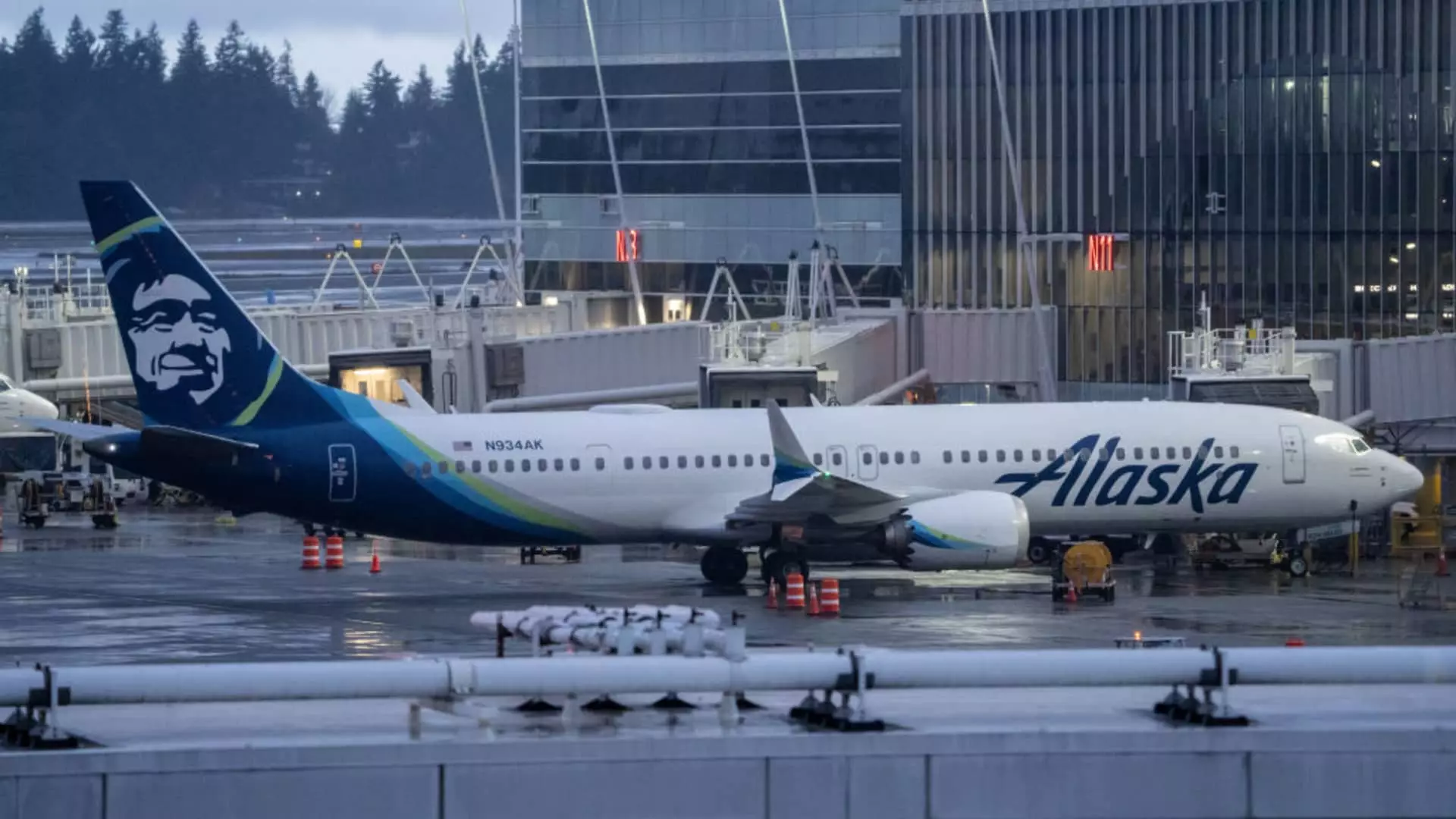The airline industry has always been vulnerable to shifts in consumer sentiment and economic fluctuations, and the recent update from Alaska Airlines underscores this vulnerability. On Wednesday, the carrier announced its expectations of weakened demand leading into the second quarter, marking a notable deviation from the growth trajectories they initially anticipated. This forecast mirrors a broader trend among airlines grappling with softening booking patterns and uncertain market conditions. It raises pertinent questions about how individual carriers, particularly Alaska Airlines, can effectively theorize their strategies moving forward to sustain profitability amidst these economic headwinds.
A Shift in Booking Patterns
Alaska Airlines highlighted that while there has been a stabilization in bookings, expectations for unit revenue growth have tapered off significantly. The projected decline of up to six percentage points is a stark reminder that demand dynamics can shift rapidly. CFO Shane Tackett’s comments reflect a keen awareness of the situation; while the urge to travel remains strong, the associated fares lack the robustness of previous quarters. This duality presents a conundrum for the airline: how to attract consumers at lower price points without sacrificing revenue generation. The underlying question is whether this scenario is a temporary dip or a more enduring trend that may reshape pricing strategies within the industry.
Financial Performance Amid Volatility
Examining Alaska Airlines’ financial results, we see a complex landscape painted by mixed performances. The first quarter revealed a net loss of $166 million, slightly widening from the previous year’s figures, alongside revenues that fell short of analyst expectations despite a notable 41% year-on-year increase. Such discrepancies highlight the need for airlines to adapt to a rapidly changing economic environment. Alaska’s adjusted loss per share of 77 cents, falling below the anticipated loss, serves as an alarm bell for stakeholders who may question the effectiveness of the airline’s current strategies.
Leadership and Strategic Focus
Amid these challenges, Alaska Airlines’ leadership expresses unwavering confidence in its foundational strategies. CEO Ben Minicucci’s remarks emphasize a commitment to safety, care, and performance, which fosters both internal resilience and customer loyalty. This focus on core values may position Alaska favorably against competitors if they can maintain service quality during this unpredictable phase. Furthermore, it calls attention to the critical role that brand reputation plays in influencing consumers’ decisions to travel, particularly when alternatives—such as competing airlines—are vying for their attention amidst fluctuating prices.
Looking Ahead with Caution
As Alaska Airlines gears up for its upcoming earnings call, stakeholders are on alert for more insights into the company’s long-term outlook. While there’s an anticipation of continued profitability despite revenue pressures, the current economic uncertainty necessitates strategic vigilance. The overarching narrative is clear—airlines cannot afford complacency. Innovative approaches—such as enhancing service offerings, optimizing operations, and potentially revisiting pricing strategies—will be critical. Alaska Airlines stands at a pivotal intersection, with each decision potentially steering the course of its trajectory in both the short and long term.


Leave a Reply